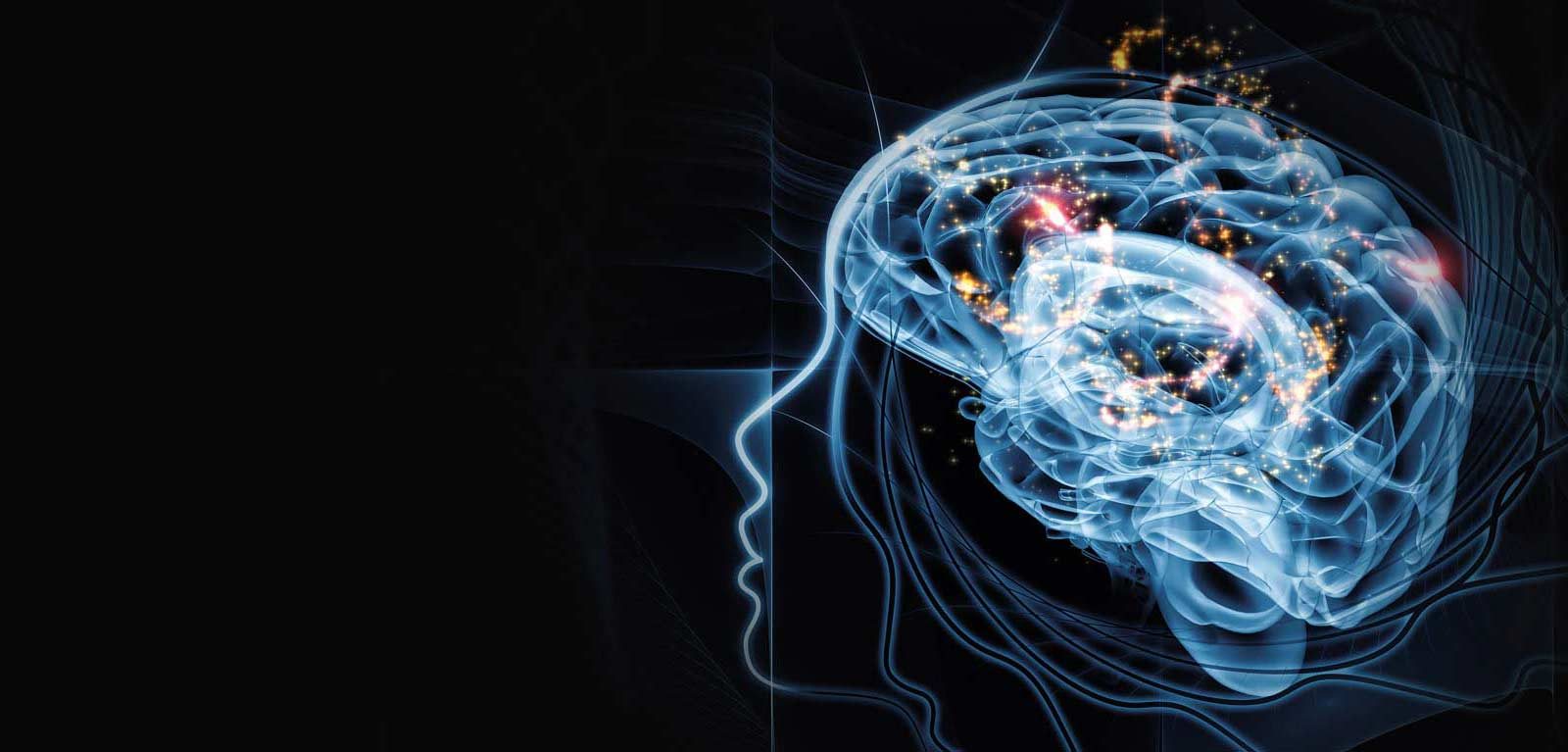Product & Lifestyle Photography for E-commerce
The Psychology of a Product Lifestyle Photograph: Are Your Shots Sending the Right Brand Message?
 E-commerce sellers (Amazon, eBay, Shopify) use photographs to entice customers into being interested or buying specific things; but why do some photographs convert impressions into sales better than others? A picture sends an instant message to its viewer that written text alone is unable to do. An image does so through everything it encapsulates. Each element directs your subconscious towards a specific feeling, need, thought, or even to a specific memory. Some reactions are closely related to personal experience, while others are just general interpretation of life.
E-commerce sellers (Amazon, eBay, Shopify) use photographs to entice customers into being interested or buying specific things; but why do some photographs convert impressions into sales better than others? A picture sends an instant message to its viewer that written text alone is unable to do. An image does so through everything it encapsulates. Each element directs your subconscious towards a specific feeling, need, thought, or even to a specific memory. Some reactions are closely related to personal experience, while others are just general interpretation of life.
Besides conveying a specific message, you need to be aware of who you want this message to reach, and how. As we started to explain in How to Choose & Get the Best Results from your Models [Product Lifestyle Photos] the line between a set message and the target customer group is sensitive. Sending the right message, to the right group, is key for your advertising. Given all of that, it’s important to understand the basic psychology behind elements of photographs.
Colors/Lights/Shadows in Photographs
As you may know, colors tend to be associated with emotions, places, and states of mind. That is why color therapy is so successfully in many areas of science and medicine. Warm colors send mild, pleasant messages, while cool colors send cold, and sometimes sharp messages. Dark colors have somber association and so on…Keep in mind, color goes hand in hand with light.
Light/ambiance is the set light and the compound of color palette used in an image. Sharply lit photographs with harsh light have different message than fuzzy, warmly lit photographs even if the same color is dominant in both. A back light has a different message than a front direct light. Starting off, you’ll want to play around with these different light options in your studio. Light is hard to master, but once you manage to do, you’ll have more success with photographing product and lifestyle.
Given all of that, you should always consider light when adjusting shadows. A large shadow can completely change a photo. Similarly, no shadows can flatten the message of a photograph. Why? We live in a three-dimensional world, and that is exactly what people want to feel from photographs. Shadows and perspective give the three-dimensional feeling in images. If you make a photograph look too flat, it will feel stiff and posed. To correctly convey a situation, product detail, or emotion, you’ll want to avoid this.
Many beginning photographers think of shadows in a negative light. However, shadows are actually what create depth in a photograph. They help viewers see the image as three-dimensional and realistic. Rather than avoiding shadows, you should practice balancing light and shadow to create the ideal scenario for an image.
Composition of Photographs
Everything in an image is dependent on composition. Simply put, composition is the arrangement of images in any work of art. To be a successful lifestyle photographer you’ll want to keep this in mind.
Everything in a frame creates, or can create composition. Composition can’t be covered in a single article, as this subject is very complex and it takes a lot of time to understand and to master. Many photographers don’t ever reach a degree of mastering composition, but luckily there’s a new minimalist trend in photography. This trend suggests photographs should not contain anything more or less than exactly the subject you want to advertise. This is a handy option for product lifestyle photography where you know exactly what you’re advertising, and want to make that clear to potential buyers. But again, ambiance can raise a photograph from zero to hero.
Colors Creating an Emotional Reaction
Imagine a plain white background with a glorious-looking jar of honey. You’re obviously advertising honey, but there’s nothing special here, right?
Now imagine a wooden table-top in the foreground with a green garden in the background almost completely blurred; on the table-top: a honey spoon, an open jar of honey with a tiny amount dripping from the side of the jar. A pleased child’s face behind it obvious that he is enjoying the taste. Photo focus is on the dripping jar, the child is a bit behind and slightly out of focus. Are you thinking what I’m thinking? Yes, I surely want to taste that honey.
This is a great way to change the importance given to an object or subject in photographs.
Emotions To Focus On In Photographs
Always focus on the feeling photographs send, not just the way it looks. Picture the same photograph as above, but add a warm back light from the sun, and shine on the honey. This shine creates the image that the honey is golden and tasty. The sun rays can be seen coming from the left upper corner towards the jar. That together with the remaining of the image takes you right back to your best childhood memories from a nice summer evening at your grandparents’ house, when you were happy and content with life. Ideally, a viewer will now associate that image with the same feelings, and thus with this brand of honey. Would you buy it? Who wouldn’t want to reminisce on that memory/feeling?
Color Tones
Now let’s analyze this a bit: we have a warm light, with yellow-orange tones, we have a green background, and the golden honey. This image is all warm. Green is the color of creativity and freedom. Warm light often evokes pleasant feelings. A happy childhood is always something adults lust for. Additionally, honey is something that transcends all ages, plus one of the healthiest aliments in the world.
What if we change these colors, let’s say: to a late autumn background that is between brown and grey, with cold and blue-ish winter light? What if the table-top is not wooden but metal grey? The back light won’t be yellow and warm but blue and sharp, cold.
Would you buy this now? No, you wouldn’t because there would be nothing pleasant transmitted by this image. Even if the honey jar is still somewhat appealing, the light and colors alter the state of mind it brings upon a viewer. The image would feel sullen, depressing, and at most it would raise some pity towards the child. Subconsciously, you’d question the environment he has to eat the honey in, or you might think that he wants to taste the honey but isn’t allowed to.
This is the effect a color change and light change can have on the human subconscious. Most viewers will have these feelings without being able to consciously explain why.
To learn more about color theory impacting photography, check out this fun and informative video here.
Brand Message: Clear and Concise
Focusing on the brand message, what story are you trying to tell your viewer? This should be very clear from the beginning, as your shots should be centered off your brand message. A mental checklist should be: brand message, target audience, reach, target product to sell, and what feeling you want to evoke out of my buyers. Only then can you begin to start associating the right colors, light and setting.
Lines in a Photograph
There’s something more in a frame’s composition that has an impact on the subconscious: lines. Ascending, diagonal, descending, horizontal and vertical lines all come together with a specific color palette, lighting, and composition. Aligned correctly, these keys elements of a photograph are then able to convey the perfect message.
Horizontal lines usually suggest stability, vertical lines suggest growth, high expediencies, elevated or elegant ideas. Additionally, there are various ways to use diagonals. They can suggest movement or even give depth. They also are used to suggest a growing or shrinking message. Ascending or descending lines that are close to the vertical would heighten the effect of perspective and can have a big impact, maybe shocking or even give a feeling of greatness.
Size and Placement in Photographs
In the honey example, when the child is close to the jar exaggerated in size, the feeling becomes more intense. If the child was on the left side of the jar with a big gap between him and the jar, the effect is a bit diminished. However, if we move the jar on the left, the child on the right and add a big gap between them, the feeling it sends is totally different. This arrangement would indicate that the child can’t reach the jar, the jar’s size and importance would even be diminished, and the child would portray heavy feelings.
All of this is due to the way our brains process the world. Given the left and right side of the brain have different functions. The right side processes art information, while the left side processes analytical information. So if we want to balance this in an image, we have to switch sides in order to give both of the same importance. Keep in mind, a large subject on the right side of the image will always appear to be unstable and feel heavier. Conversely, a large subject on the left side won’t have this effect because our brains process the objects differently.
Takeaway
Lighting, shadows, colors, composition, and even placement of objects all impact image perception. Since your viewers may be a potential buyer, make sure the perception is what you want it to be. Even a great shot in the wrong context can be hindering to the success of your brand. The right techniques and practices ensure the correct message is being sent to the appropriate target market. As a brand owner or marketing / brand manager for an Amazon FBA seller, for example, the complex psychological aspects of photography can be surprising. Wherever you’re at in your e-commerce journey, feel free to reach out to us at Private Label Nitrous. We’re more than eager to to provide you with a free quote. Professional photo shoots, and ongoing brand support services are our specialty!

